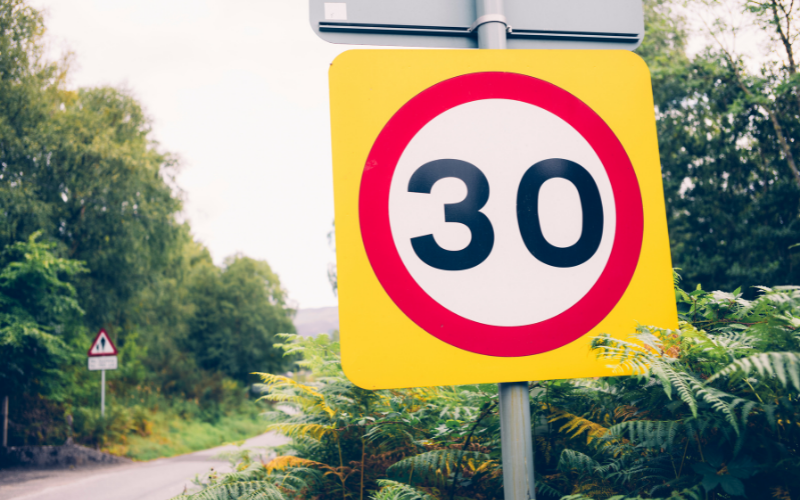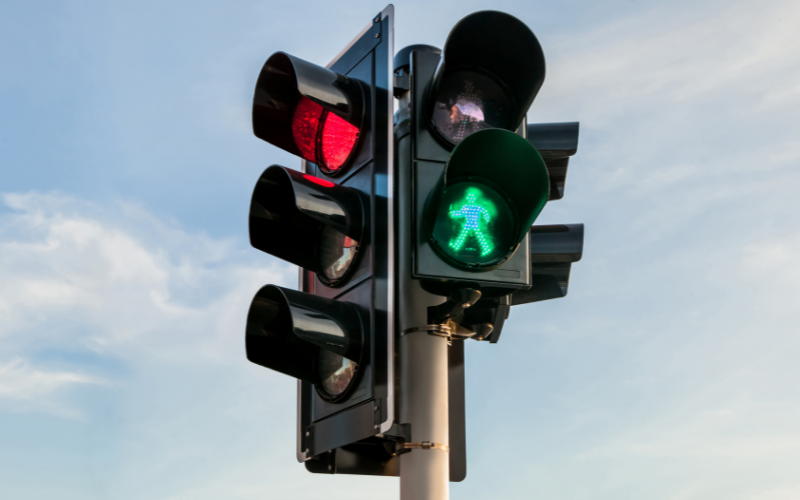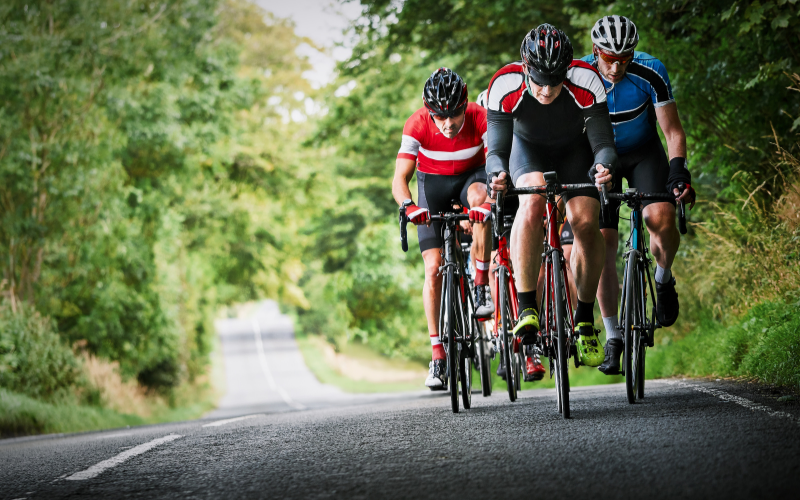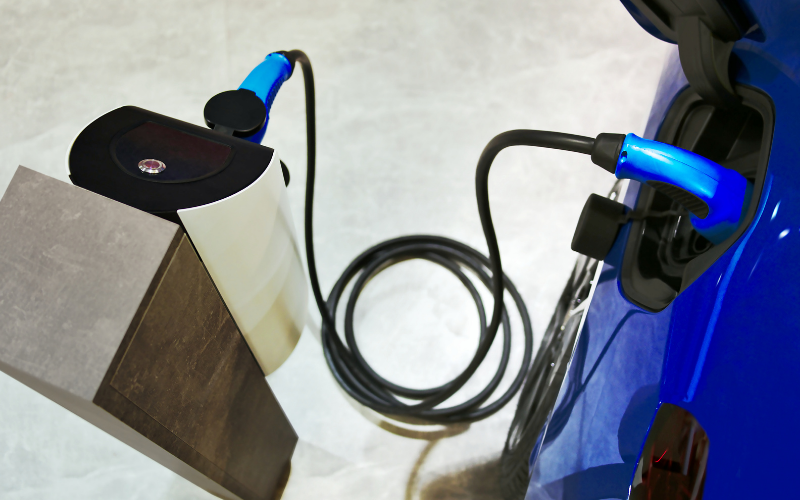The Latest Highway Code Updates You Need to Know About

The Highway Code has received a number of updates, designed to improve the safety of people walking, cycling and riding horses. Read on to find out what changes you need to be aware of.
The changes are already in effect, as of 29th January 2022 – so it’s crucial that all road users take note.
Hierarchy of road users
The introduction of The Highway Code includes three new rules about the 'hierarchy of road users'. This hierarchy places road users that are at the highest risk in the event of an accident at the top. It is still a requirement for every road user (regardless of their position in the hierarchy) to behave responsibly.
The three key takeaways from this update are that all road users must:
- Understand The Highway Code.
- Be considerate to other road users.
- Understand their responsibility for the safety of other road users.

People crossing at junctions
The new code states that:
- When individuals are crossing, or waiting to cross at a junction, other road users should give way.
- If someone has started crossing a road or junction, and traffic intends to turn into the road, the individual crossing has priority, meaning the traffic should give way.
- Individuals driving, riding a motorcycle, or cycling should give way to people on zebra and parallel crossings.
A parallel crossing is similar to a zebra crossing, but also includes a cycle pathway alongside the black and white striping.
Road positioning when cycling
There is updated guidance on road positioning for cyclists - this includes:
- Riding in the centre of their lane on quiet roads, in slow-moving traffic and on approach to junctions and road narrowings.
- Keeping at least 0.5 metres away from the edge of the kerb when riding on busy roads with vehicles travelling faster than them.
People cycling in groups should be considerate of the needs of other road users, and:
- Can ride two people side by side. In some circumstances, this is actually a safer way to ride, for example, when accompanying less experienced riders.
- Are expected to be aware of people driving behind them and to allow cars to overtake by moving into a single file or stopping when it is safe to do so.

People cycling past parked vehicles:
- Should take care and leave plenty of room (a door's width, or 1m) to avoid being hit if the door opens.
- Should watch out for people who may walk into their path.
Overtaking when driving or cycling
You are allowed to cross a double white line to overtake someone cycling or riding a horse if they are travelling 10mph or less.
Safe passing distances have been updated for people overtaking vulnerable road users when driving or riding a motorcycle. These include:
- Leaving at least 1.5 metres when overtaking cyclists at speeds of up to 30mph – at higher speeds you should give more space.
- Leaving at least 2 metres when passing people riding horses (or horse-drawn vehicles) at speeds under 10mph.
- Allowing at least 2 metres of room and keeping to a low speed when passing people walking in the road (when there is no pavement).
If it isn’t possible to meet the requirements, you should wait behind them, and not overtake.
The updated code also states that cyclists are allowed to pass slower-moving or stationary traffic on their right or left. It is crucial cyclists remain cautious as they may not be visible to other road users at all times.

Parking, charging and leaving vehicles
A new technique has been recommended which is sometimes referred to as the ‘Dutch Reach’.
When exiting the car, occupants are advised to use their hand on the opposite side of the door they are opening, e.g., when opening a door on your right-hand side, use your left hand if possible.
This means you’ll have to turn your head to look over the shoulder behind you, reducing the likelihood of causing injury to people cycling or riding a motorcycle past your vehicle, or people walking on the pavement.
Using an EV charge point
When using an electric vehicle charger, people should:
- Park as close as possible to the charge point to prevent a potential trip hazard for people walking past.
- Display a warning sign if possible.
- After using, return charging cables and connectors to prevent an obstacle or danger to other road users.

The Highway Code is updated regularly, so it’s important that all road users take note of any changes - it's not just reading for learner drivers. Plus, many of the rules are legal requirements - ignoring them could be a criminal offence. For more information on The Highway Code, check out the link below.